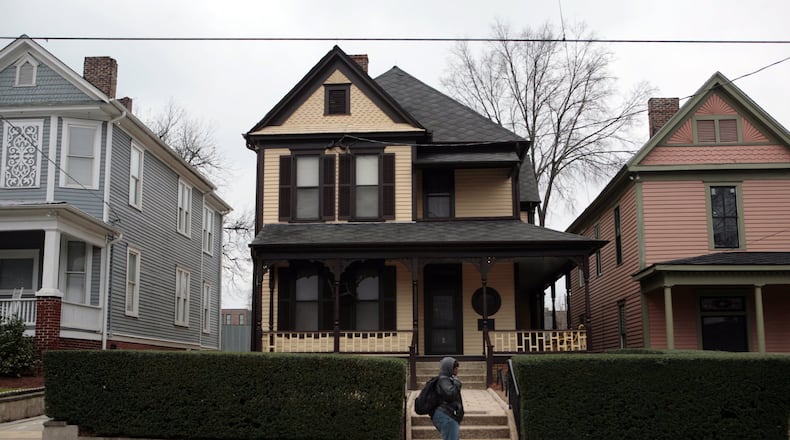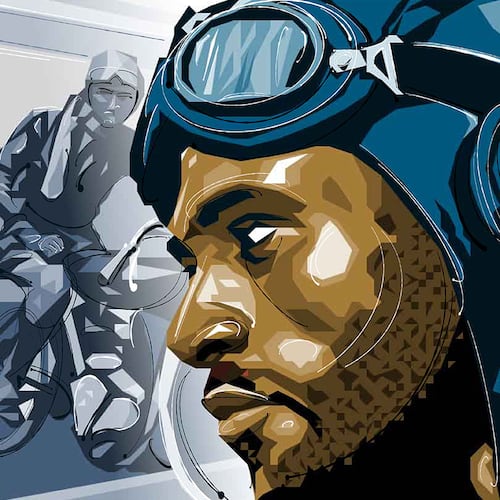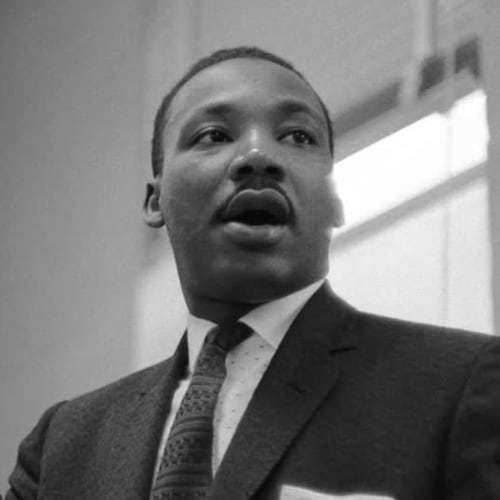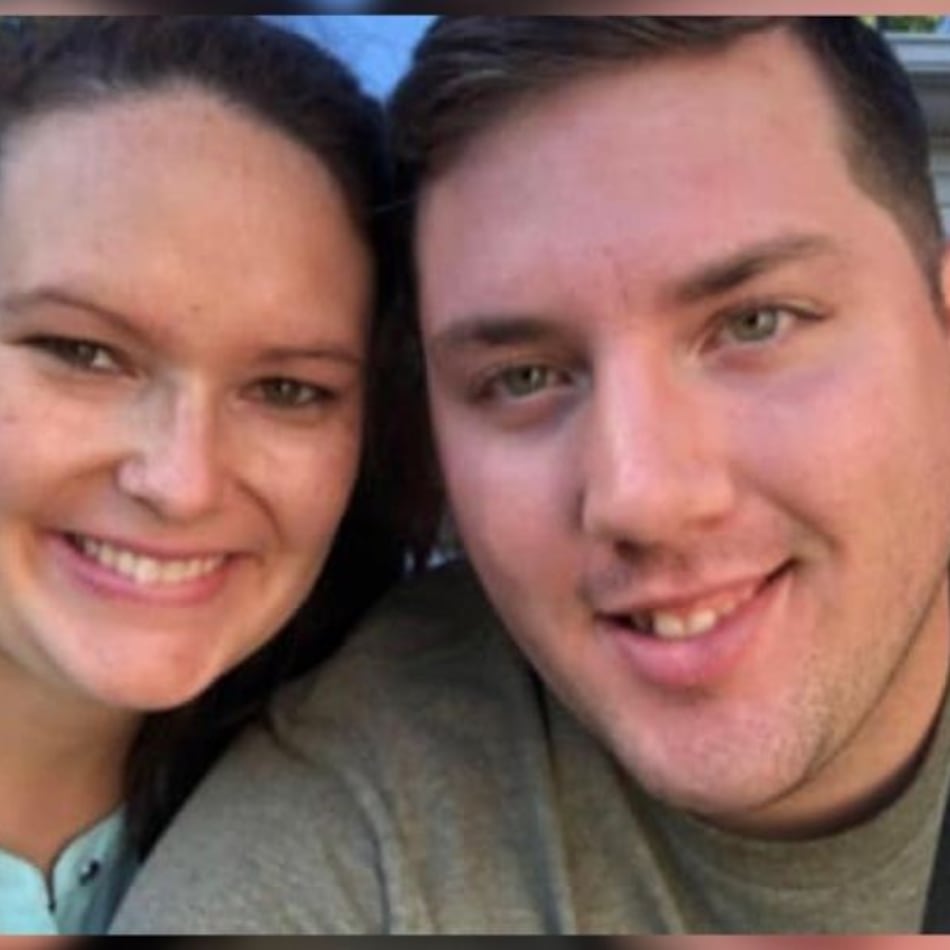Atlanta is never short on special events and exhibits to observe Black History Month.
What distinguishes this city from every other is that millions of tourists flock here from all points of the globe for the specific purpose of heralding its achievements in overcoming a past marred by discrimination, misunderstanding and disadvantage based on race.
Here are six institutions that should be on your bucket list for better and celebrating Atlanta’s contributions to Black history.
Herndon Home
587 University Place NW
For proof positive of the human capacity to overcome all manners of strife and realize the American Dream, simply visit the historical house built by Atlanta’s first black millionaire.
Alonzo Herndon was born into slavery on a plantation 40 miles east of the city in 1858 and toiled in sharecropper fields as a child after the Civil War. With meager means and tireless energy, Herndon made his way to Atlanta and established a chain of barber shops that catered to the state’s men of influence. He parlayed his connections into a banking and life insurance empire. Part of his fortune was spent in 1910 to have Black craftsmen design and build an opulent two-story mansion near the Atlanta University Center.
The house is open 10 a.m. - 4 p.m. Tuesdays and Thursdays.
Martin Luther King Jr. birth home
501 Auburn Avenue
The house where Martin Luther King Jr. was born is a highlight of Atlanta’s Martin Luther King Jr. National Historic Site. Time stands still at the site, and visitors get a stark reminder that the dreamer who died too young was once just a little boy growing up on the outskirts of downtown.
On view during a guided tour: the quaint kitchen where the King family meals were prepared, the postage-stamp of a backyard where MLK and his siblings played, the immaculate parlor overlooking Sweet Auburn where guests were received, the formal dining room where family meals were prayed over, and the upstairs bedrooms — strewn with toys — where the King children were born and raised.
National Center for Civil and Human Rights
100 Ivan Allen Jr. Boulevard NW
In its inaugural year of existence, this downtown attraction gained worldwide acclaim for providing state-of-the-art depictions of triumphs over discrimination waged by singular figures and en masse demonstrators.
The National Center for Civil and Human Rights’ wide array of permanent interactive exhibits range from reenactments of lunch counter sit-ins and protest marches during the civil rights movement (“Rolls Down Like Water”), to video streaming booths where international causes against violence and prejudice are shared (“Stream of Conviction”). A dazzling array of Dr. King’s written work and memorabilia from the Morehouse College Martin Luther King, Jr. collection are displayed on a rotating basis (“Voice to the Voiceless”). The NCCHR routinely stages lectures and exhibits to continually spark interest in causes advancing universal dignity and understanding.
Martin Luther King Center for Nonviolent Social Change
449 Auburn Avenue NE
On the eastern edge of downtown — and just steps away from both the King birth home and Ebenezer Baptist Church — the King Center welcomes visitors to immerse themselves in Dr. King’s thoughts, deeds and legacy.
Permanent exhibits at the center include artifacts belonging to King and his wife, Coretta Scott King, a room of art and memorabilia dedicated to desegregation pioneer Rosa Parks, and a replica of the Nobel Prize for Peace that King — age 35 at the time — was awarded in 1964.
Atlanta University Center
156 Mildred Street SW
Since the end of the Civil War, the Black centers of higher in education based within a few miles of each other in Atlanta’s West End — dubbed Atlanta University Center — have produced more influence over American culture, politics and theology than history can measure.
Morehouse College, Clark Atlanta, Morris Brown and Spelman College boast an alumni roster that includes Martin Luther King Jr.; gold medal Olympic hurdler Edwin Mose; authors Alice Walker, Pearl Cleage and James Weldon Johnson; Hollywood powerhouse artists Spike Lee and Samuel L. Jackson; and politicians Maynard H. Jackson and Julian Bond.
Oakland Cemetery
248 Oakland Avenue SE
Atlanta’s Oakland Cemetery embraces the messy history of the South. It’s a place where the graves of slave owners, including George Walton, a signer of the Declaration of Independence, stand just a short walk apart from the graves of unnamed enslaved children.
The first slave child was buried in the panoramic burial ground in 1853, and a large portion of the six-acre complex has had its name changed from ”Slave Square” to “Potter’s Field” and later the “African American section.” The stories of those buried in “Slave Square” may be lost to time, but later burials celebrate a litany of Atlanta’s “first” and most revered Black doctors, politicians, preachers, artists and entrepreneurs.
About the Author
Keep Reading
The Latest
Featured



